FIX: ACPI_DRIVER_INTERNAL error in Windows 10
8 min. read
Updated on
Read our disclosure page to find out how can you help Windows Report sustain the editorial team Read more
Key notes
- The ACPI DRIVER INTERNAL error is often caused by antiquated drivers or faulty hardware.
- Try a professional app to help you update your drivers in just seconds. See what we’re talking about in the guide below.
- Running a System File Check is another efficient alternative to solving the annoying BSoD problem.
- You should also consider performing a system restore in order to fix the ACPI DRIVER INTERNAL alert on Windows 10.

ACPI_DRIVER_INTERNAL is a Blue Screen of Death error, and just like many other BSoD errors, this one will crash Windows 10 and restart your PC in order to prevent damage.
These types of errors can be somewhat serious, therefore today we’re going to show you how to fix ACPI_DRIVER_INTERNAL error.
How can I fix ACPI_DRIVER_INTERNAL BSoD error?
1. Update your drivers
1.1. Update drivers manually
- Press Windows Key + X to open Power User Menu. Select Device Manager from the list.
- Once the Device Manager opens, find the device you wish to update, right-click it and choose Update Driver Software.
- Select Search automatically for updated driver software. By choosing this option Windows 10 will automatically search and install the best driver for your device.
- Repeat these steps for all devices that you want to update.
Drivers allow Windows 10 to recognize and use certain hardware, and if your drivers are outdated or corrupted, Windows won’t be able to use certain hardware and you’ll get a Blue Screen of Death error.
Updating drivers through Device Manager is fairly simple, but users claim that Device Manager doesn’t always download the latest drivers for certain devices.
If you want to install the latest drivers, we strongly suggest that you download them directly from your hardware manufacturer’s website.
Simply visit your hardware manufacturer’s website, find your device, and download the latest drivers for it. It’s worth mentioning that you’ll have to update drivers for all major hardware components in order to fix this error.
1.2. Update drivers automatically
Searching for drivers on your own can be time-consuming. So, we advise you to use an advanced tool that will do this for you automatically.
One of the most impressive characteristics of such a tool is that it can scan your device for missing patches and provide you with an accurate report of what programs are out of date.
On top of that, dedicated software can detect whether your PC has any damaged or missing drivers and fix the issue right away.
Outbyte Driver Updater is a driver updater with a very small footprint that you can set up to regularly scan your drivers and keep them in check as you work on more important tasks.
2. Run the Hardware Troubleshooter
- Open the Settings app and go to Update & Security section.
- Select Troubleshoot from the menu on the left.
- Select BSOD from the right pane and click Run the troubleshooter.
- Follow the instructions on the screen to complete the troubleshooter.
If updating drivers and the system didn’t get the job done, we’re going to try with the troubleshooting tools. The first such tool we’ll use is Windows 10’s built-in troubleshooter.
This tool can deal with various issues within the system, including the BSOD issues and it’s possible it will resolve the ACPI_DRIVER_INTERNAL error on Windows 10, as well.
3. Run the SFC scan
- Right-click on the Start Menu button, and open Command Prompt (Admin).
- Enter the following line and press Enter:
sfc/scannow - Wait until the process is done (it may take a while).
- If the solution is found, it will automatically be applied.
- Now, close the Command Prompt and restart your computer.
The next troubleshooter we’re going to try is the SFC scan. This command-line tool scans your system, in search of potential issues, and resolves them along the way (if possible).
4. Run DISM
4.1. Standard way
- Right-click Start and open Command Prompt (Admin).
- Paste the following command and press Enter:
- Wait until the scan is finished.
- Restart your computer and try updating again.
The final troubleshooting tool we’re going to try is DISM. As its name says, Deployment Image Servicing and Management (DISM) reloads the system image.
This process can resolve some system issues, including the ACPI_DRIVER_INTERNAL Blue Screen of Death error, so just follow the steps described above.
4.2. With the Windows installation media
- Insert your Windows installation media.
- Right-click the Start menu and, from the menu, choose the Command Prompt (Admin).
- In the command line, type the following commands and press Enter after each:
dism /online /cleanup-image /scanhealthdism /online /cleanup-image /restorehealth
- Now, type the following command and press Enter:
DISM /Online /Cleanup-Image /RestoreHealth /source:WIM:X:SourcesInstall.wim:1 /LimitAccess
- Make sure to change an X value with the letter of the mounted drive with Windows 10 installation.
- After the procedure is finished, restart your computer.
5. Disable problematic applications
- Press Windows Key + R and enter msconfig. Press Enter or click OK.
- When System Configuration window opens, select Selective Startup and uncheck Load startup items.
- Go to Services tab and check Hide all Microsoft services. Click the Disable all button.
- Click Apply and OK to save changes.
- Press Ctrl + Shift + Esc in order to start Task Manager.
- Go to Startup tab and right-click any item on the list and choose Disable from the menu. Repeat this step until you’ve disabled all startup applications.
- Close Task Manager and restart your PC.
When your PC restarts, check if the problem is resolved. If BSoD error doesn’t appear, it means that one of the disabled applications or services was causing it.
Now you need to repeat the same steps and enable applications and services one by one until you find the one that is causing this error.
Certain applications can cause ACPI_DRIVER_INTERNAL error to appear, therefore if you installed any new application recently, be sure that you remove it in order to fix this error.
It’s worth mentioning that your antivirus can often cause these types of errors, therefore we strongly advise you to remove any third-party antivirus programs from your PC.
To completely remove a certain antivirus, you should use dedicated removal tool since antivirus programs are prone to leaving certain files behind even after you uninstall them.
Many security companies have dedicated removal tools for their software, so be sure to download one.
Another way to find problematic applications is to disable all startup applications and services. To do that, you just need to follow the instructions above.
You can find out exactly what program is interfering with the Windows 10 system and causing the Blue Screen of Death errors, by accessing the BSoD log file.
6. Perform System Restore or Windows 10 reset
- Start Automatic Repair by restarting your computer a few times during the boot sequence. Alternatively, you can just hold the Shift key on your keyboard and click the Restart button.
- Choose Troubleshoot > Advanced options > System Restore.
- Select your username, enter your password and select the Choose a different restore point option. Click Next.
- Select a restore point you wish to return to and click Next.
- Wait for the restore process to complete.
If the ACPI_DRIVER_INTERNAL error is caused by certain software, you can easily fix that by performing System Restore. You can perform System Restore by following the steps above.
If System Restore doesn’t fix the issue, you can try performing Windows 10 reset.
We have to warn you that the reset process is similar to clean install, therefore we highly advise that you back up all important files from your C partition.
- Start Automatic Repair by using the instructions above.
- Choose Troubleshoot > Reset this PC > Remove everything. During this step you might get asked to insert Windows 10 installation media, so be sure to do so.
- Select Only the drive where Windows is installed > Just remove my files and click the Reset button.
- Wait for the process to complete.
In order to perform Windows 10 reset, you might need Windows 10 installation media, and you can easily create one by using an empty USB flash drive and Media Creation Tool.
If the ACPI_DRIVER_INTERNAL error appears again, it’s most likely that the cause of this error is faulty or incompatible hardware.
Find out all the main factors that generate the Blue Screen of Death problems, by taking a look at this ultimate guide that explores the most common causes for the BSoD errors.
7. Check your hardware
Several users reported that ACPI_DRIVER_INTERNAL error is caused by incompatibility between certain hardware components and RAM.
This can be due to the fact that some motherboards don’t work with certain memory modules, and the same goes for certain processors.
According to users, some processors don’t support more than 8GB of RAM, so be sure to perform a detailed inspection of your hardware and check for any incompatibility issues.
If there are no incompatibilities, check if all your hardware components are working properly.
ACPI_DRIVER_INTERNAL BSoD error can be problematic, but we hope that you managed to fix this problem by using one of our solutions.
This isn’t the only ACPI error you can encounter, and we already wrote about ACPI BIOS ERROR in one of our previous guides, so don’t miss it.
We’d like to know which one of the solutions presented in this article worked for you, so drop us a comment in the dedicated section below.

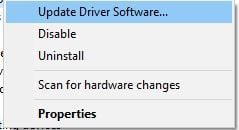
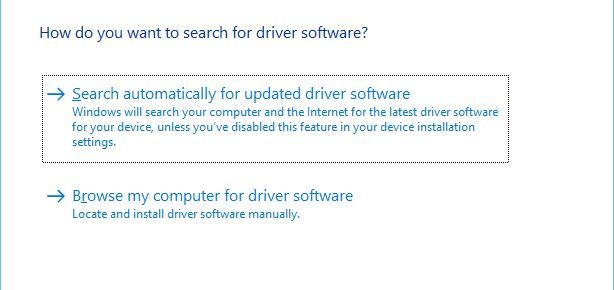
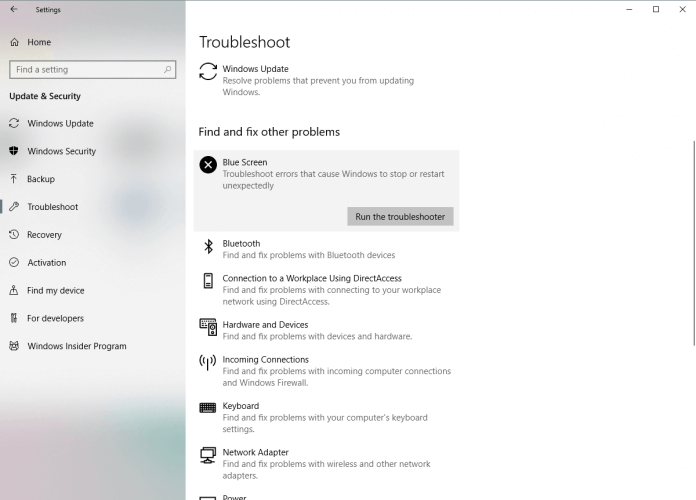


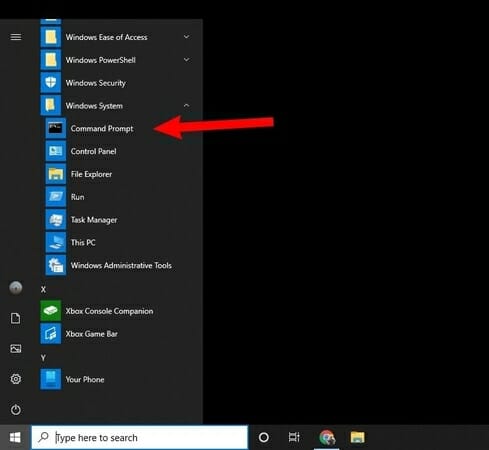


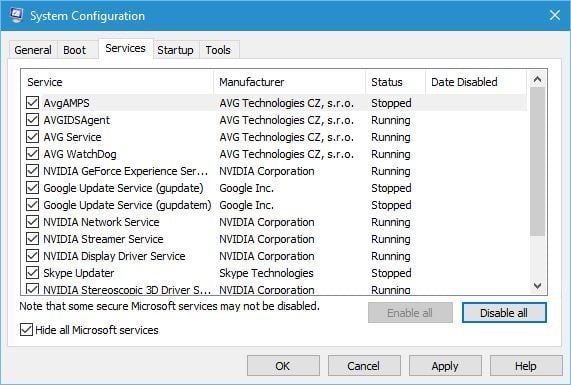


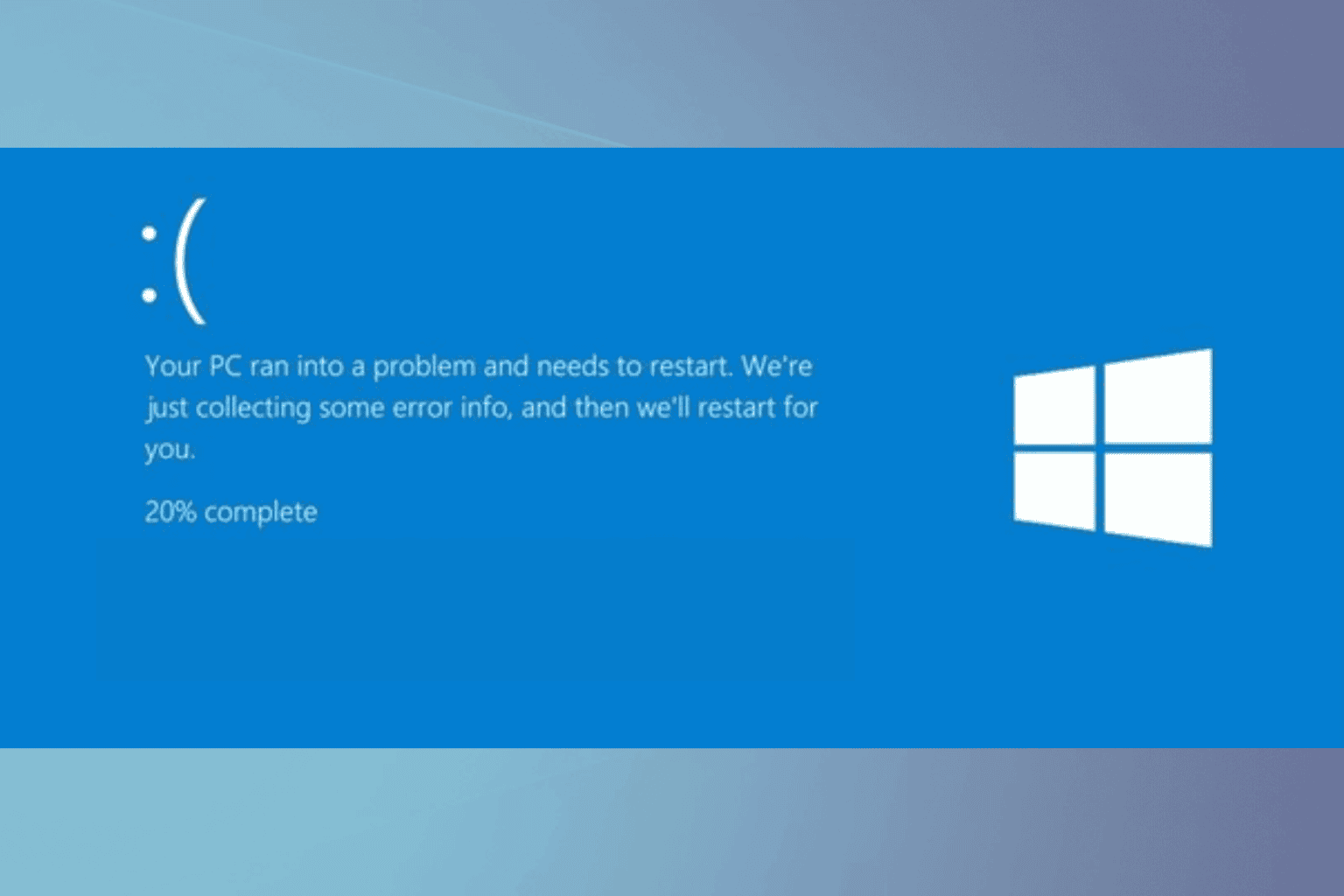
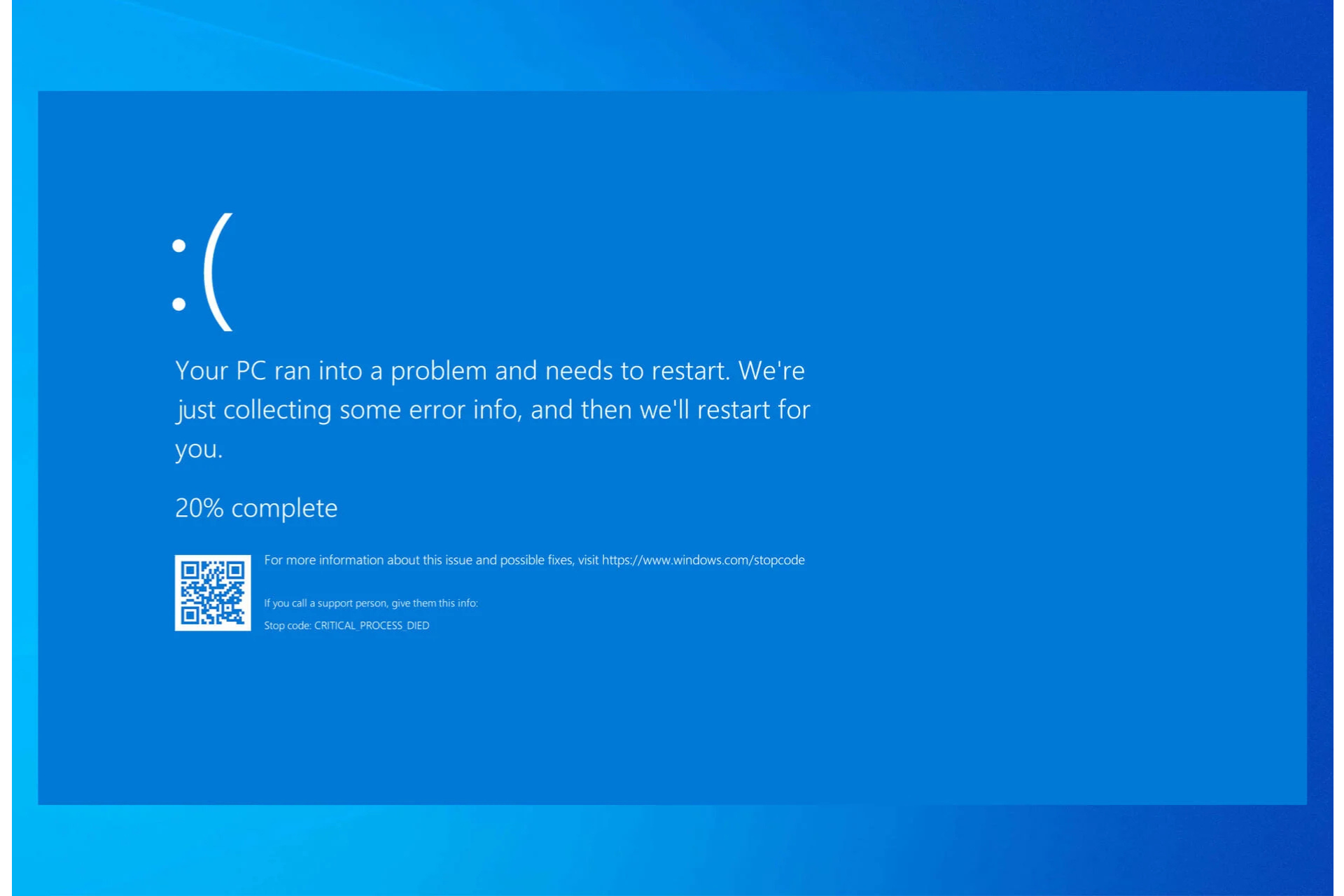


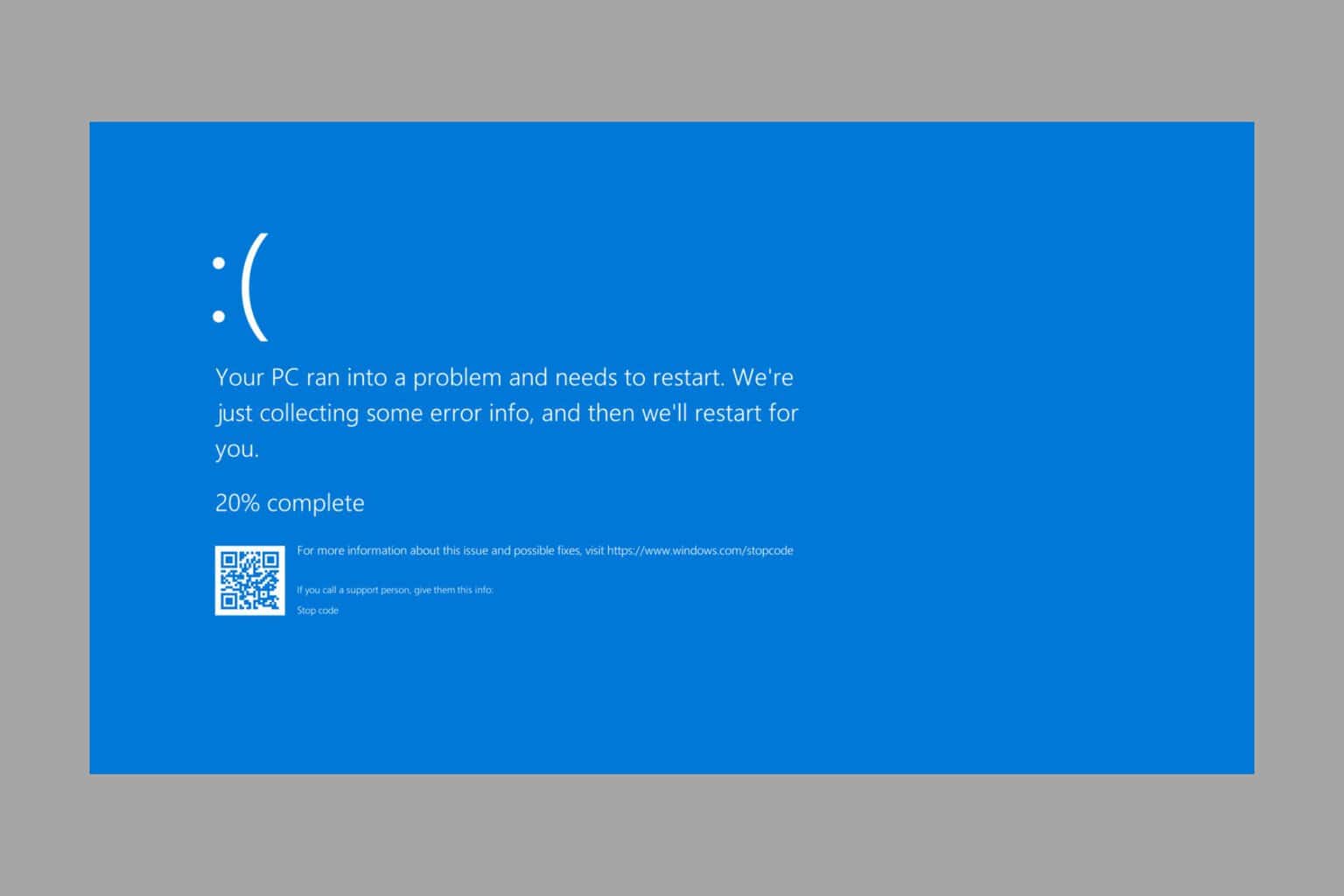
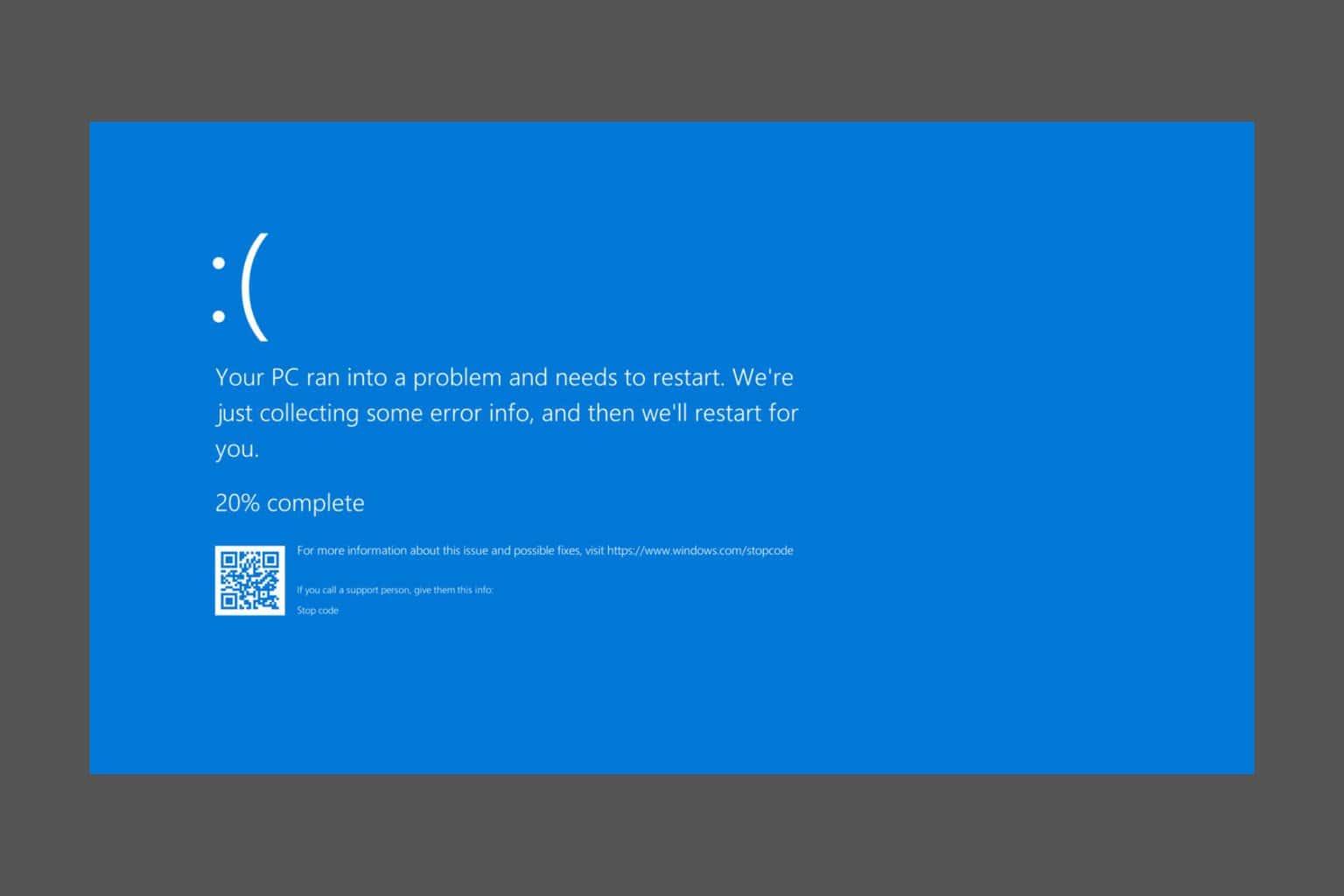
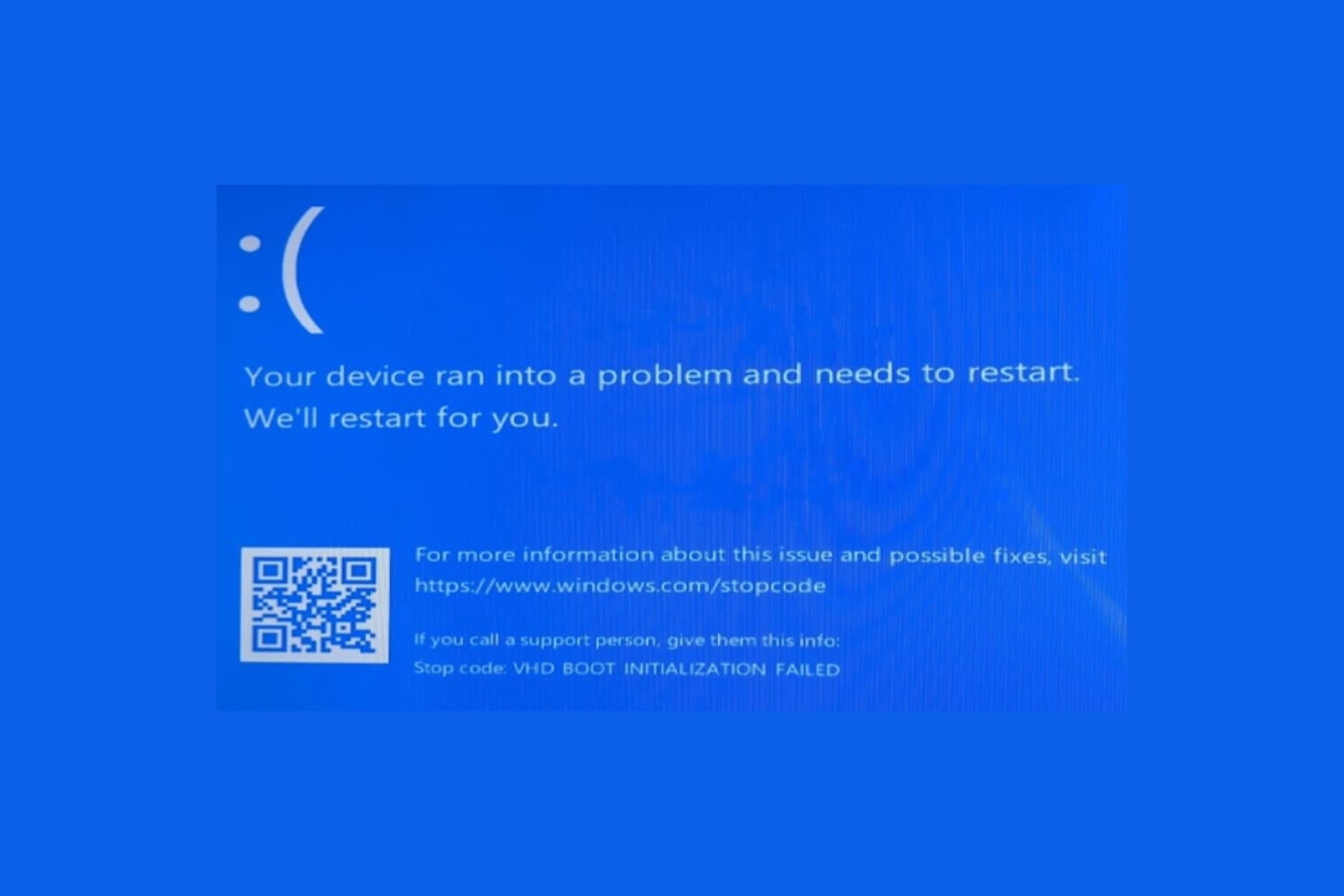
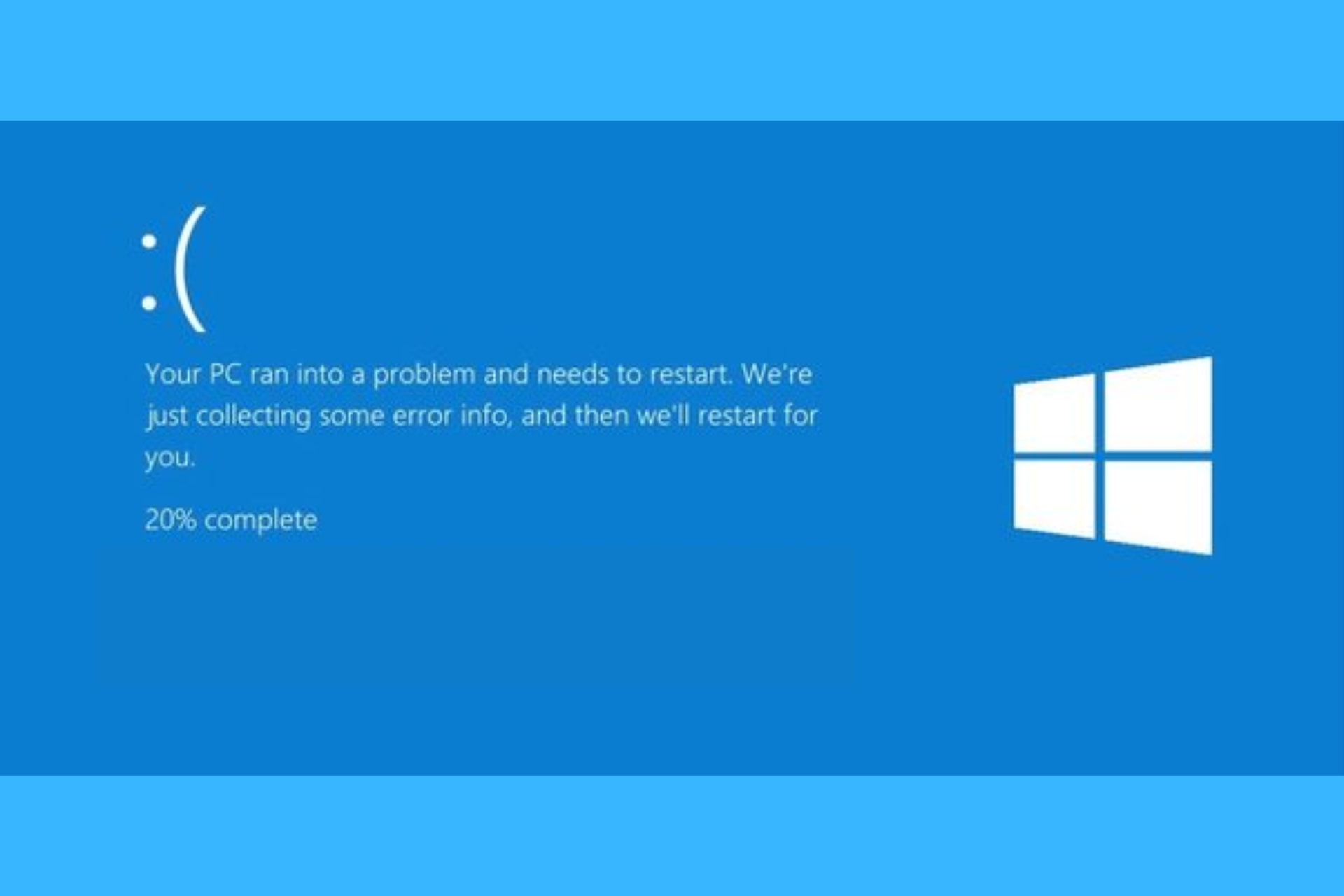
User forum
0 messages